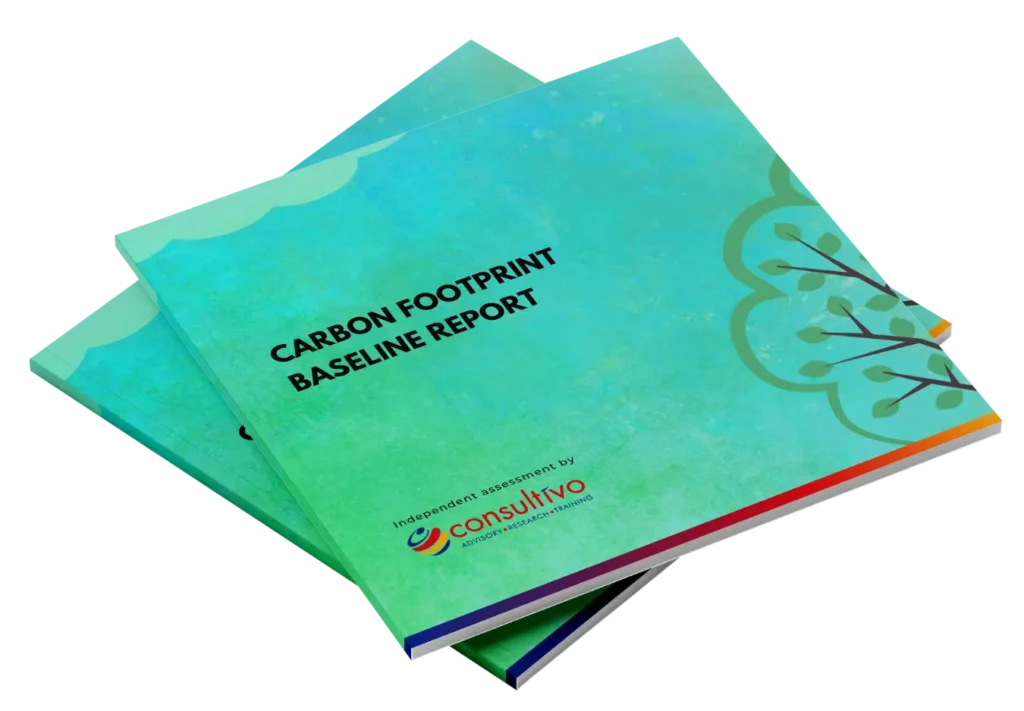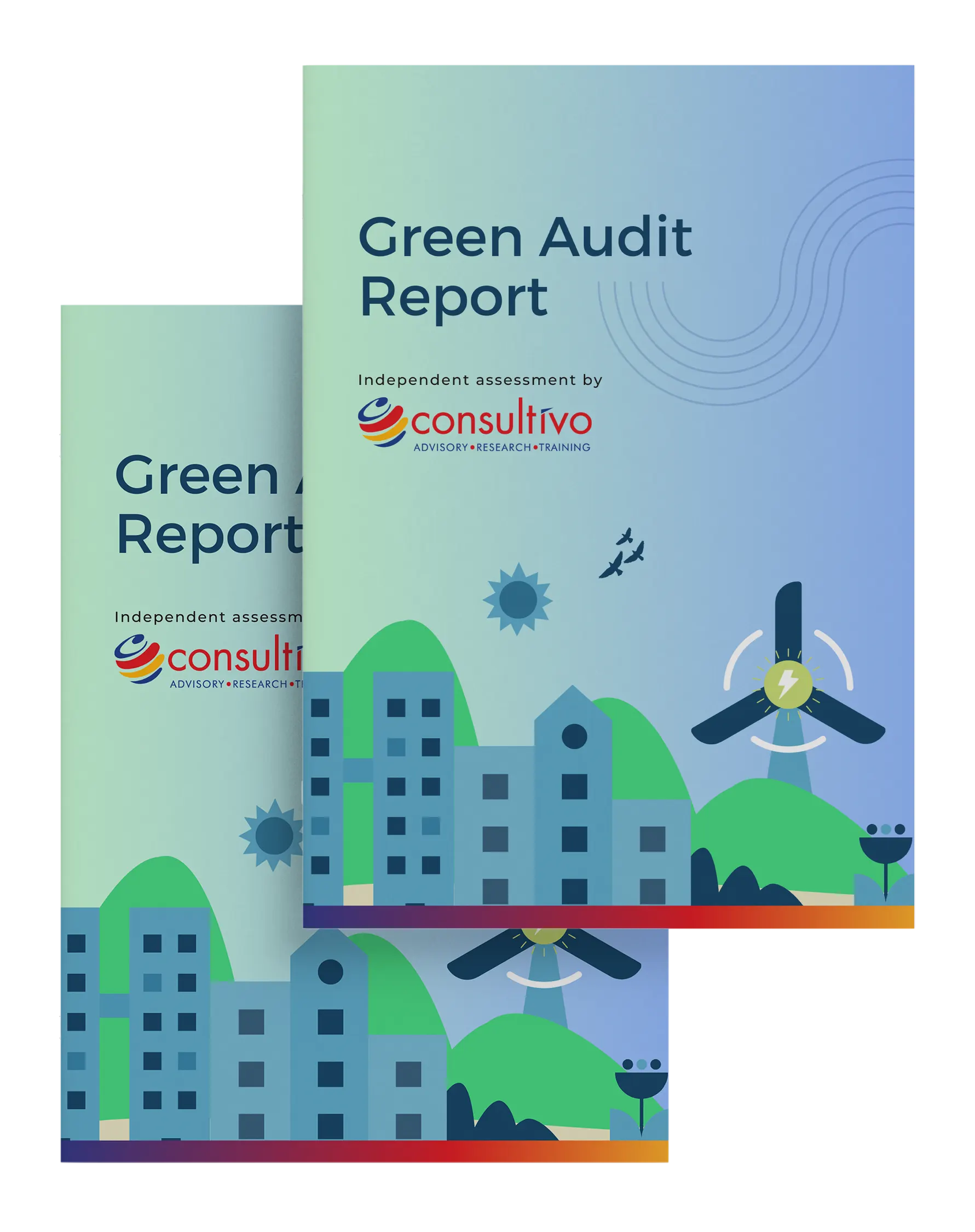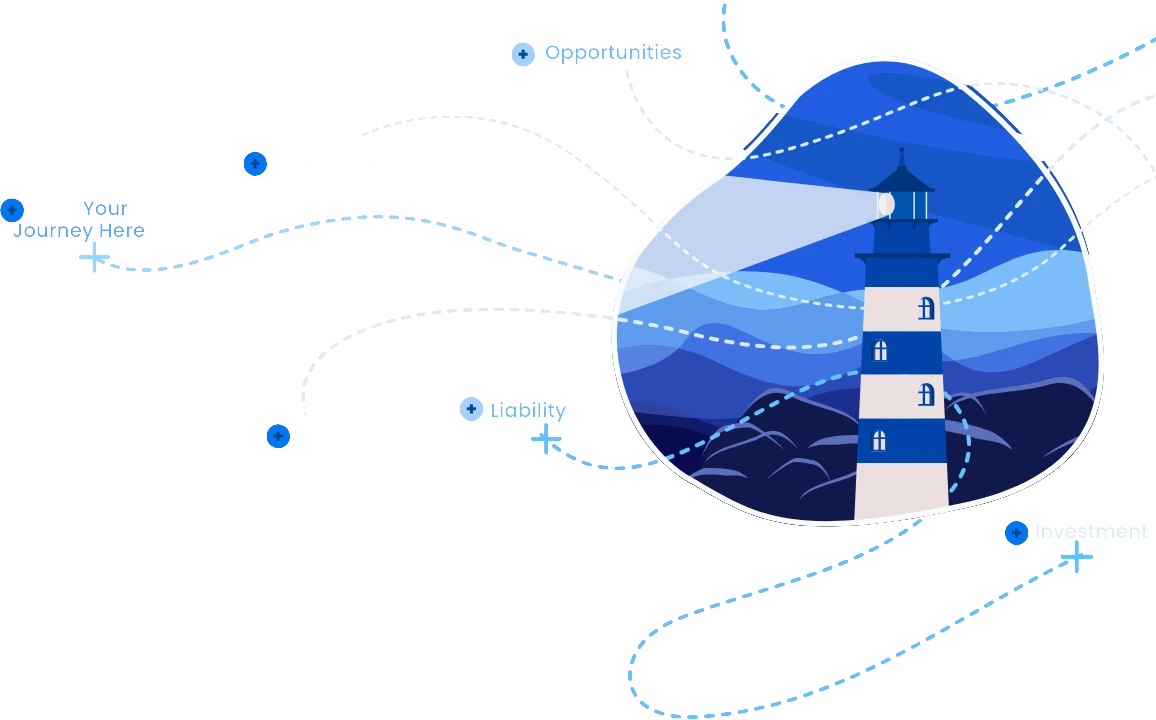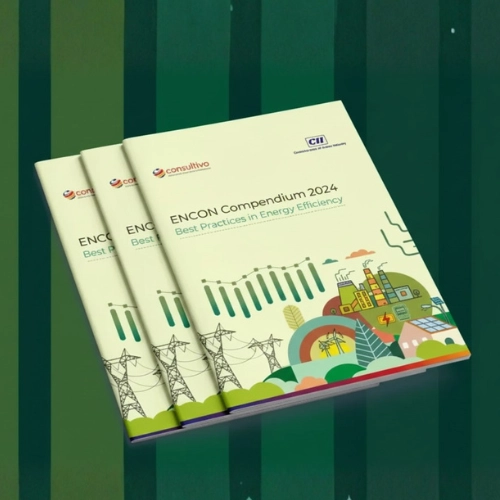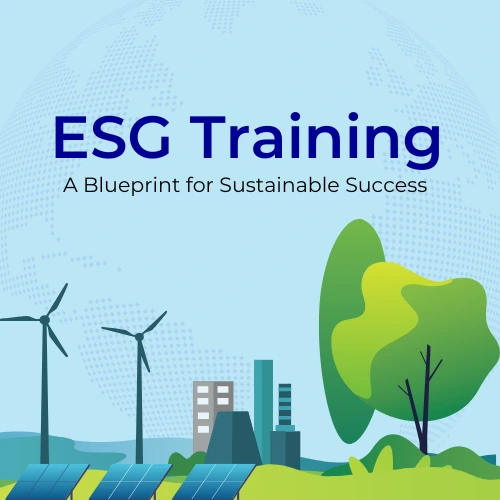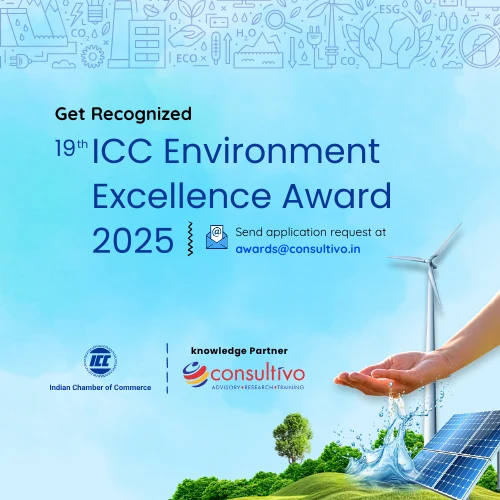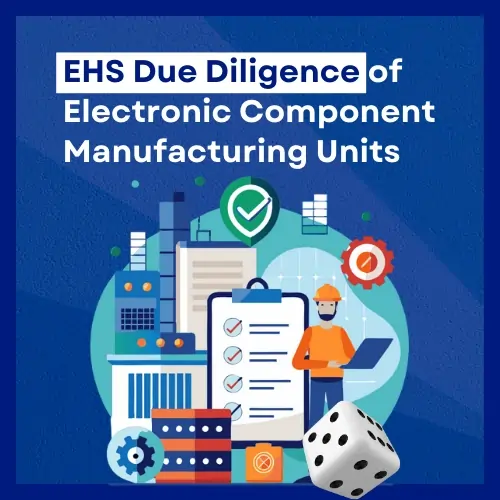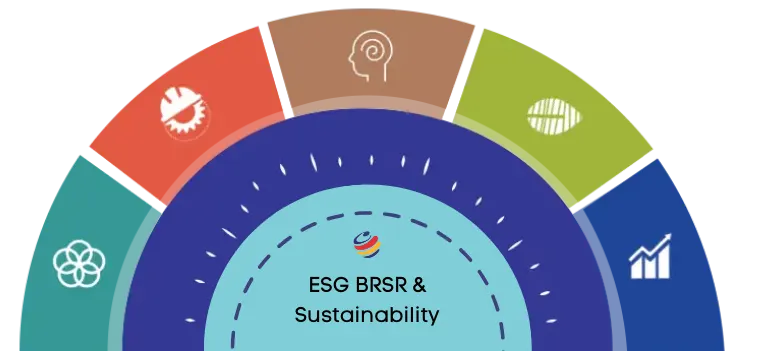Environmental audits or environment audits are essential for legal compliance, risk management, and sustainability. There are various methodologies and frameworks crucial for assessing environmental performance and compliance within organisations.
Compliance audits focus on statutory and obligatory requirements and suggest corrective measures, while management system audits assess the effectiveness of environmental management systems against standards like ISO 14001.
Performance audits examine environmental initiatives’ success, and Environmental Due Diligence Audits evaluate potential liabilities during transactions. On the other hand, Environmental Impact Assessments analyse proposed projects’ environmental effects, guiding responsible decision-making. Collectively, these audits ensure organisations meet regulatory standards, manage environmental impacts, and commit to sustainable practices.
What you will find here
Understanding the Landscape of Environment Audit
As businesses and organizations prioritize environmental consciousness, the significance of comprehensive and effective environment audits has never been more pronounced. These audits play a crucial role in identifying areas for improvement, ensuring regulatory compliance, and mitigating potential environmental risks.
This article aims to shed light on the diverse approaches to environment audits, offering an in-depth exploration of their various types. From compliance audits to risk assessments, organizations have a range of options to choose from based on their specific needs and goals. Each type zeroes in on distinct aspects of the environment, such as energy efficiency, waste management, and water consumption.
Tailoring Strategies for Sustainability and ESG
By gaining insights into these different approaches, businesses can craft tailored strategies to minimize their environmental impact and attain sustainability goals. Whether you operate in manufacturing, provide services, or are part of a government agency, conducting regular environment audits is essential for maintaining a greener and more sustainable operation.
Navigating the Types
This article serves as a guide, providing valuable insights into the various types of environment audits available. Join us as we explore the landscape of environment audits, helping you make informed decisions in selecting the most appropriate approach for your organization. Discover how these audits can play a pivotal role in building a more environmentally responsible future.
Understanding the Significance: Importance of Conducting Environment Audits
Striving for Environmental Consciousness
In the pursuit of enhanced environmental consciousness, businesses and organizations are recognizing the escalating importance of thorough and effective environment audits. These audits serve as a critical tool to identify areas for improvement, ensure regulatory compliance, and mitigate potential environmental risks.
Exploring Approaches and Types
This article aims to unravel the layers of importance surrounding environment audits by delving into different approaches and their various types. From compliance audits to risk assessments, organizations have a spectrum of options based on their unique needs and goals, each focusing on distinct environmental aspects such as energy efficiency, waste management, and water consumption.
Tailoring Strategies for Sustainability
Understanding these diverse approaches empowers businesses to develop tailored strategies, minimizing environmental impact and achieving sustainability goals. Regardless of whether you operate in manufacturing, provide services, or are a government agency, the regular conduct of environment audits is indispensable for maintaining a greener and more sustainable operation.
Guiding Your Choices
This article serves as a compass, offering valuable insights into the myriad types of environment audits available. Join us as we embark on a deep dive into the world of environment audits, guiding you towards choosing the most appropriate approach for your organization. Discover how these audits can play a pivotal role in shaping a more environmentally responsible future.
Benefits of Different types of environment audits
Identifying Environmental Risks and Hazards – Proactive Assessment for Prevention
Driving Continuous Improvement – Insights into Resource Consumption
Enhancing Operational Efficiencies
Environment audits go beyond risk mitigation; they help organizations identify areas for improvement in their environmental performance. By evaluating energy consumption, waste management practices, and water usage, audits provide valuable insights into where efficiencies can be achieved. Armed with this information, businesses can develop and implement strategies to reduce resource consumption, optimize operations, and realize cost savings. Additionally, such efforts underscore a commitment to sustainable practices, enhancing brand reputation and appealing to environmentally conscious customers.
Ensuring Regulatory Compliance – Adherence to Standards and Laws
Conducting environment audits is pivotal in ensuring compliance with environmental regulations. These audits assist businesses in evaluating their adherence to local, national, and international environmental standards and laws. By identifying any non-compliance issues, audits enable organizations to take corrective actions promptly, avoid penalties, and maintain positive relationships with regulatory authorities.
Driving Sustainability and Meeting Goals – Crucial Role in Continuous Improvement
In summary, environment audits play a multifaceted role in driving continuous improvement in an organization’s environmental performance. They provide valuable insights, promote sustainability, and assist businesses in meeting their environmental goals while simultaneously reducing risks and ensuring compliance with a dynamic
Here we will discuss more on the different types of environment audits.
1. Compliance Audits
Understanding Adherence to Environmental Laws and Regulations
Compliance audits form a pivotal aspect of assessing an organization’s commitment to environmental laws, regulations, and permits. Focused on ensuring alignment with the legal framework of environmental requirements, these audits play a crucial role in verifying that businesses operate within the approved guidelines.
Thorough Examination of Documentation and Activities
Mitigating Legal and Financial Risks – Avoiding Penalties and Consequences
Compliance audits are indispensable for organizations seeking to avoid legal and financial penalties. By facilitating the identification and rectification of non-compliance issues, these audits ensure businesses meet essential environmental requirements, thus maintaining a positive standing with regulatory authorities.
Building Positive Relationships
Compliance audits not only mitigate legal risks but also contribute to fostering positive relationships with regulatory authorities. Demonstrating commitment to environmental responsibility, these audits showcase a proactive approach to meeting legal requirements, reducing the risk of penalties, and avoiding legal consequences.
Sustaining Environmental Responsibility – Regular Audits for Ongoing Compliance
Designed to guarantee organizations meet all applicable environmental regulations and standards, compliance audits serve as a proactive measure. By identifying non-compliance issues and ensuring prompt corrective actions, these audits enable businesses to steer clear of legal penalties, uphold a positive public image, and consistently demonstrate their unwavering commitment to environmental responsibility
2. Management System Audits
Evaluating Environmental Management Systems
Management system audits serve as a critical examination of an organization’s environmental management system (EMS), which comprises policies, processes, and procedures designed to effectively manage environmental impacts. This audit specifically focuses on assessing the organization’s capability to implement and uphold an EMS in accordance with recognized standards, such as ISO 14001.
Reviewing Documentation, Policies, and Proceduress
During a management system audit, auditors meticulously review the organization’s EMS documentation, policies, and procedures. The evaluation extends to assessing the effectiveness of the EMS in achieving environmental objectives, preventing pollution, and ensuring compliance with regulatory requirements. Auditors may also conduct interviews with employees to gauge their comprehension of the EMS and its practical implementation.
Identifying Strengths and Weaknesses – Insights for Improvement
Management system audits play a crucial role in helping organizations identify strengths and weaknesses in their environmental management practices. These audits provide valuable insights into areas where the EMS can be enhanced, allowing businesses to improve their environmental performance and work towards achieving sustainability goals
Alignment with Industry Standards
Additionally, management system audits ensure that the organization’s EMS aligns with industry standards and best practices. This alignment not only facilitates compliance but also makes it easier for businesses to demonstrate their commitment to environmental responsibility. This, in turn, enhances their ability to attract environmentally conscious partners or clients.
Establishing and Maintaining Effective Systems – Achieving Recognized Standards
Management system audits contribute significantly to enabling organizations to establish and maintain effective environmental management systems.
By achieving recognized standards, businesses not only enhance their operational efficiency but also position themselves attractively in the market, drawing in partners or clients who prioritize environmental consciousness. These audits thus play a pivotal role in the ongoing commitment to environmental sustainability.
3. Performance Audits
Evaluating Environmental Initiatives and Targets
Performance audits center around evaluating the effectiveness of an organization’s environmental initiatives and targets. Distinguishing themselves from compliance and management system audits, these assessments delve into the tangible environmental results achieved by scrutinizing the outcomes of programs, projects, and initiatives.
Reviewing Environmental Data and Indicators
During a performance audit, auditors meticulously review an organization’s environmental data, reports, and performance indicators. The focus extends to evaluating the effectiveness of specific environmental initiatives, such as energy efficiency programs, waste reduction efforts, and water conservation measures. Site visits may also be conducted to verify reported data accuracy and assess the on-the-ground implementation of environmental projects.
Tracking Progress towards Environmental Goals – Refining Strategies and Enhancing Transparency
Performance audits play a pivotal role in enabling organizations to track their progress towards environmental goals and targets. These audits provide valuable feedback on the effectiveness of environmental programs, aiding businesses in refining strategies and implementing corrective actions where necessary. Beyond internal improvements, performance audits contribute to enhanced transparency and accountability, allowing organizations to showcase their dedication to environmental stewardship and sustainability.
Unique Types of Performance Audits
Energy Audits
Energy audits focus on identifying opportunities for energy efficiency improvements. By assessing energy consumption patterns, identifying areas of waste, and recommending energy-saving measures, organizations can achieve significant cost savings, reduce greenhouse gas emissions, and enhance overall energy performance.
Water Audits
Water audits concentrate on evaluating an organization’s water consumption and management practices. Assessing water use efficiency, identifying areas of waste, and recommending water-saving measures allow organizations to conserve water resources, reduce water-related expenses, and contribute to water sustainability.
Waste Audit
Waste audits meticulously evaluate an organization’s waste management, assessing generation, segregation, disposal, and recycling. By identifying opportunities for reduction, minimizing environmental impact, and optimizing processes, these audits enhance sustainability, reduce costs, and foster a circular economy, while also improving the organization’s environmental image.
Choosing the Right Approach – Tailoring Audits to Address Specific Challenges
Each type of environmental performance audit offers unique benefits, addressing specific environmental challenges.
By understanding the advantages of each approach, businesses can choose the most appropriate type of audit based on their priorities and objectives, ensuring a targeted and effective environmental assessment.
4. Environmental Due Diligence Audit
Assessing Environmental Risks in Business Transactions
Environmental Due Diligence Audits (EDD) are crucial assessments conducted during business transactions to evaluate potential environmental risks. These audits examine historical and current environmental practices, identifying any liabilities, contamination issues, or regulatory non-compliance. EDD plays a vital role in mergers, acquisitions, and real estate transactions, ensuring that organizations are aware of and can address environmental risks before finalizing deals.
Comprehensive Investigation of Environmental Practices
During an EDD, auditors conduct a thorough investigation into an organization’s environmental history, examining past activities and potential risks. This includes assessing the handling of hazardous materials, waste disposal practices, and compliance with environmental regulations.
Identifying Potential Liabilities and Compliance Issues
The primary objective of EDD is to identify potential environmental liabilities and compliance issues that may impact the success of a business transaction. By uncovering these risks early in the due diligence process, organizations can take informed steps to mitigate or address them, protecting their interests.
Mitigating Risks and Ensuring Compliance – Strategic Decision-Making in Business Transactions
EDD provides critical insights for strategic decision-making in business transactions, allowing organizations to evaluate the true environmental impact and potential financial liabilities associated with a deal. It helps in negotiating terms, adjusting pricing, and developing risk mitigation strategies to protect the interests of all parties involved.
Complying with Regulatory Standards
By conducting an EDD, organizations ensure compliance with regulatory standards and avoid legal consequences associated with undisclosed environmental issues. This not only safeguards their reputation but also demonstrates a commitment to ethical business practices and environmental responsibility.
Incorporating Environmental Due Diligence Audits into business transactions is essential for organizations aiming to make informed decisions, mitigate environmental risks, and uphold regulatory compliance, ultimately ensuring the success and sustainability of the undertaken ventures.
5. Environmental Impact Assessments
Comprehensive Project Evaluation
Environmental impact assessments (EIAs) stand as thorough evaluations of the potential environmental impacts associated with proposed projects or activities. Typically conducted before the initiation of major projects, EIAs aim to identify and mitigate any adverse environmental effects, ensuring that organizations incorporate environmental considerations into their planning and decision-making processes.
Assessing Environmental Impacts
During an environmental impact assessment, auditors delve into the potential impacts of a project on various facets, including air quality, water resources, biodiversity, ecosystems, and communities. They scrutinize the project’s potential to generate pollution, disrupt habitats, or cause other forms of environmental harm. The primary objective is to pinpoint measures to minimize or mitigate these impacts, ultimately ensuring the project’s environmental sustainability.
Crucial for Project Commencement – Understanding and Minimizing Environmental Consequences
Environmental impact assessments emerge as crucial tools for organizations embarking on new projects or activities. These assessments play a pivotal role in providing businesses with an understanding of the potential environmental consequences of their actions. By doing so, organizations can develop strategies to minimize harm, ensuring that projects are conducted in an environmentally responsible manner.
Informed Decision-Making – Enabling Informed Choices
Environmental impact assessments ultimately ensure that organizations actively consider the potential environmental impacts of their proposed projects or activities. These assessments empower businesses to make informed decisions, engage with stakeholders effectively, and implement measures to minimize harm to the environment. By integrating EIAs into their processes, organizations demonstrate a commitment to responsible and sustainable practices.
Informed Decision-Making – Enabling Informed Choices
Environmental impact assessments ultimately ensure that organizations actively consider the potential environmental impacts of their proposed projects or activities. These assessments empower businesses to make informed decisions, engage with stakeholders effectively, and implement measures to minimize harm to the environment. By integrating EIAs into their processes, organizations demonstrate a commitment to responsible and sustainable practices.
Choosing the right approach for your organization
There are several types of environment audits that organizations can choose from, depending on their specific needs and goals. Each type focuses on different aspects of the environment and provides unique benefits. Let’s explore some of the most common types of environment audits and their advantages.
Selecting the right approach to environment audits depends on various factors, including the nature of your organization, industry requirements, and sustainability goals. Here are some key considerations to keep in mind when choosing the most suitable approach for your organization:
1. Identify your organization’s environmental priorities
Determine the key environmental issues that are most relevant to your organization. Are you primarily concerned with reducing energy consumption, managing waste, conserving water, or ensuring compliance with environmental regulations? Understanding your environmental priorities will help you narrow down the types of audits that align with your goals.
2. Assess regulatory requirements
Different industries and regions have specific environmental regulations and standards that organizations must comply with. It is essential to understand the regulatory requirements that apply to your organization and select audits that address those requirements. Compliance audits are particularly important in ensuring adherence to these regulations and avoiding legal consequences
3. Consider resource availability
Conducting environment audits requires time, expertise, and resources. Consider the resources available within your organization to support the audit process. If you have limited internal capacity, you may need to seek external assistance from environmental consultants or auditors. Assessing resource availability will help you determine the feasibility of different audit types.
4. Set measurable goals
Establishing clear and measurable goals is crucial for tracking progress and evaluating the effectiveness of your environmental initiatives. Determine specific targets related to energy consumption, waste reduction, water conservation, or compliance. Select audits that provide metrics and benchmarks to help you monitor and measure your performance against these goals.
By carefully considering these factors, you can choose the most appropriate approach to environment audits for your organization.
Remember that audits should be conducted regularly to ensure ongoing compliance, continuous improvement, and the achievement of your sustainability objectives.
Explore our environmental soutions
1. Environmental Risk, Compliance & Reporting
- Environmental & Legal Compliance Audits
- ISO 14001: EMS
- Due Diligence & Governance (EDD/ESG)
- Environmental Reporting
- Green Audit
2. Climate & Energy Solutions
3. Water & Resource Management
- Water Sustainability Solutions
- Pollution, Waste & Circular Economy

Let's discuss
Navigating the way to
ESG & Sustainability Due Diligence
Your Risk Mitigation Tool
Supporting Investment – Merger – Acquisition
Share this post
Category: Event
About the author
CEO at Consultivo
Saikat Basu is a long time sustainability and risk management professional and entrepreneur. He is having a diversified exposure to various management practices in the areas of strategic leadership, organisation excellence, financial management and people engagement. He has worked intensively with 200+ national and international standards on responsible business. He is a member of several sustainability (SHE Award, Environmental Excellence, Social Impact) award program design & jury committee. He is a passionate blogger and visiting faculty in academics.
Related insights
View more in Impact Stories | Blogs | Knowledge Bank | News and Events

